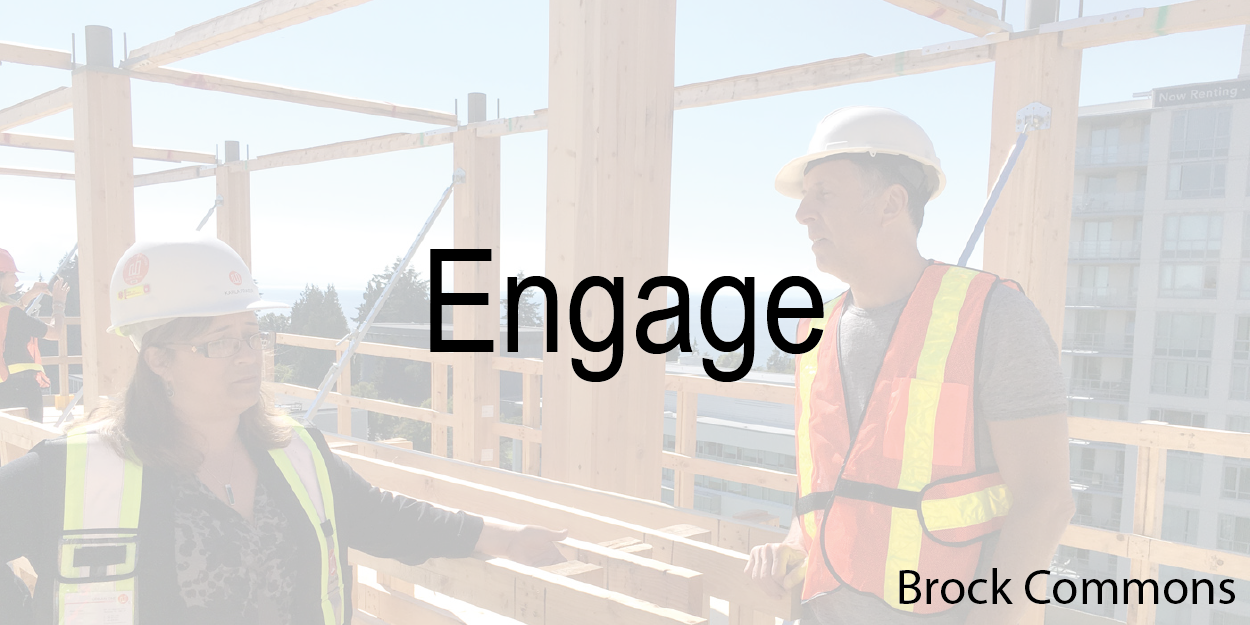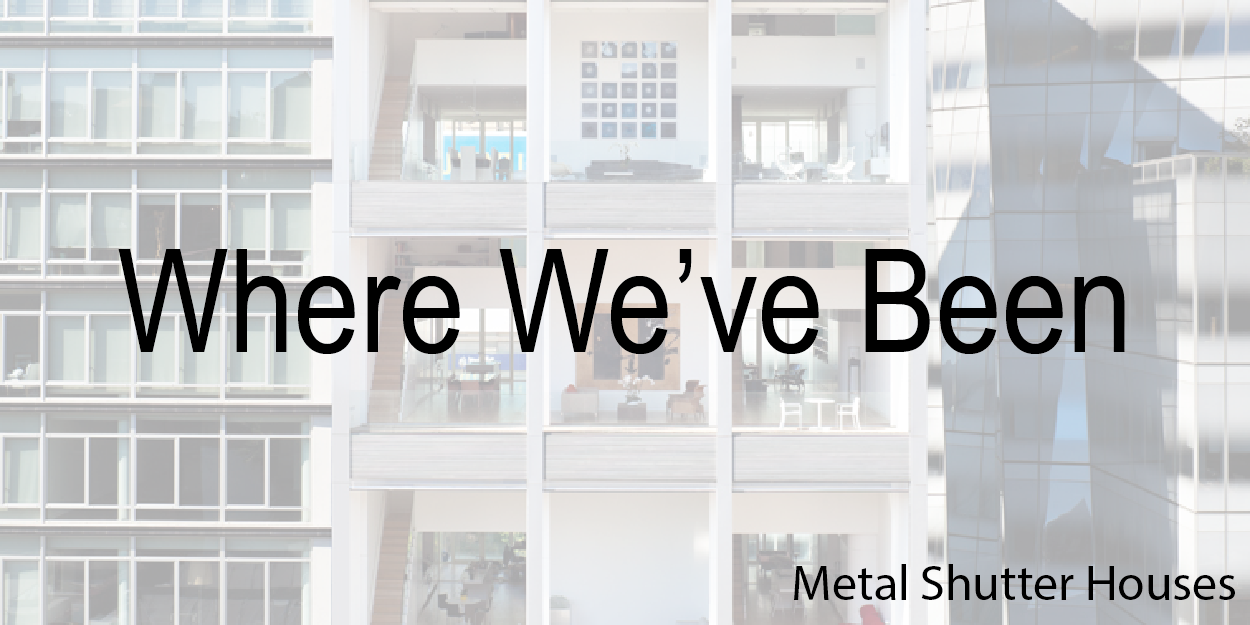TREAD
LIGHTER
LIGHTER
Wood has one-quarter the density of concrete, allowing for high-rise construction on poor soils. And from an ecological perspective, wood is produced by solar energy, the only renewable building material, and engineered into value-add products in zero-waste facilities. Talk about a reduced carbon footprint.
STRONGER
The forest can grow to a height of 40 stories naturally, and massive trees can withstand both fire and seismic events due to the natural charring and ductility of wood. Engineered timber takes advantage of the inherent strength, flexibility, and fire resistance of wood to build structures that are high-performing and safe.
SMARTER
Heavy timber buildings have been constructed around the world for hundreds of years, and are still standing. Now, new technology has transformed one of our most ancient building materials into one of the most cutting-edge. Through 3D modeling, prefabrication, and CNC machining we can mimic the properties of heavy timber logs from old-growth forests by laminating fast-growing material from sustainably managed forests. Due to the precision of mass timber production, buildings are predisposed to be airtight and energy-efficient.
FASTER
Construction is quick, clean, and quiet with prefabricated beams, columns, floor and wall panels erected like legos. Installation of vertical, horizontal, and exterior systems follows immediately. From start to finish, construction activities are less disruptive to the neighborhood.
HEALTHIER
The bones of a healthy building are grown in the forests. Research suggests that working, learning, and living in a space designed with wood elements lowers blood pressure and heart rate, reduces stress, and improves concentration. An organic material, wood is warm, beautiful, and reconnects us to nature. The combination of wood and sunlight provokes visceral reaction in our bodies.

MASS TIMBER ELEMENTS
Dimensional lumber is laminated into solid wood members that form a building’s superstructure. Types of mass timber include cross-laminated timber (CLT), nail-laminated timber (NLT) or glue-laminated timber (glulam) panels for floor and wall framing. As of 2015, 17 Tall Wood Buildings (above 7 stories) have been constructed in Europe, Canada, and Australia. In Vancouver, construction is underway on the tallest timber building in the world: the 18-story Brock Commons student residence at the University of British Columbia.
ECONOMIC ADVANTAGE
Mass timber is priced according to total volume of material, quality (grade) of the material, and extent of CNC machining and prefabrication. Economic efficiency is derived from material prefabrication, and decreased erection time and crew size, compared to concrete and steel structures.
POLITICAL & REGULATORY SUPPORT
Building Codes are being rewritten to incorporate CLT, and Wood First Policies have been established in British Columbia; Quebec, Ontario, Hackney, London; and Japan. The US Department of Agriculture is similarly promoting wood construction through the 2014 Tall Wood Building Competition as a means of addressing climate change and reinvigorating rural economies.

© 2019 Erica Spiritos & Spiritos Properties – All rights reserved.




